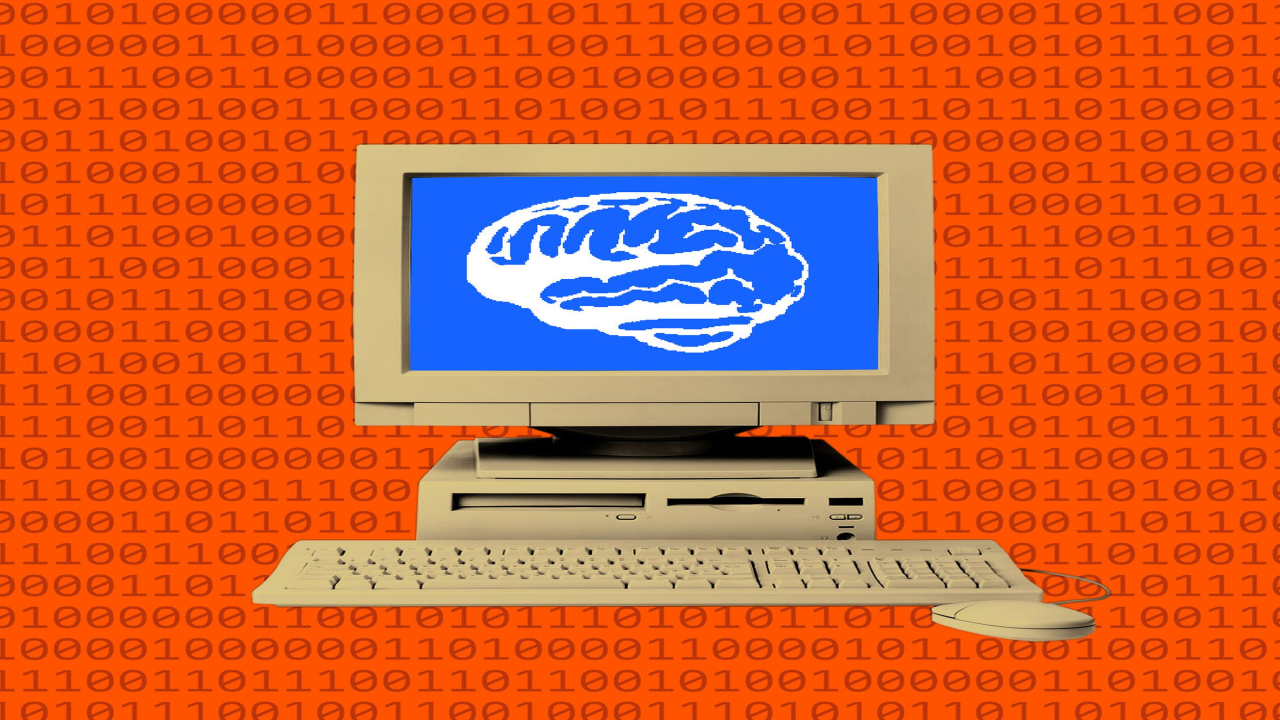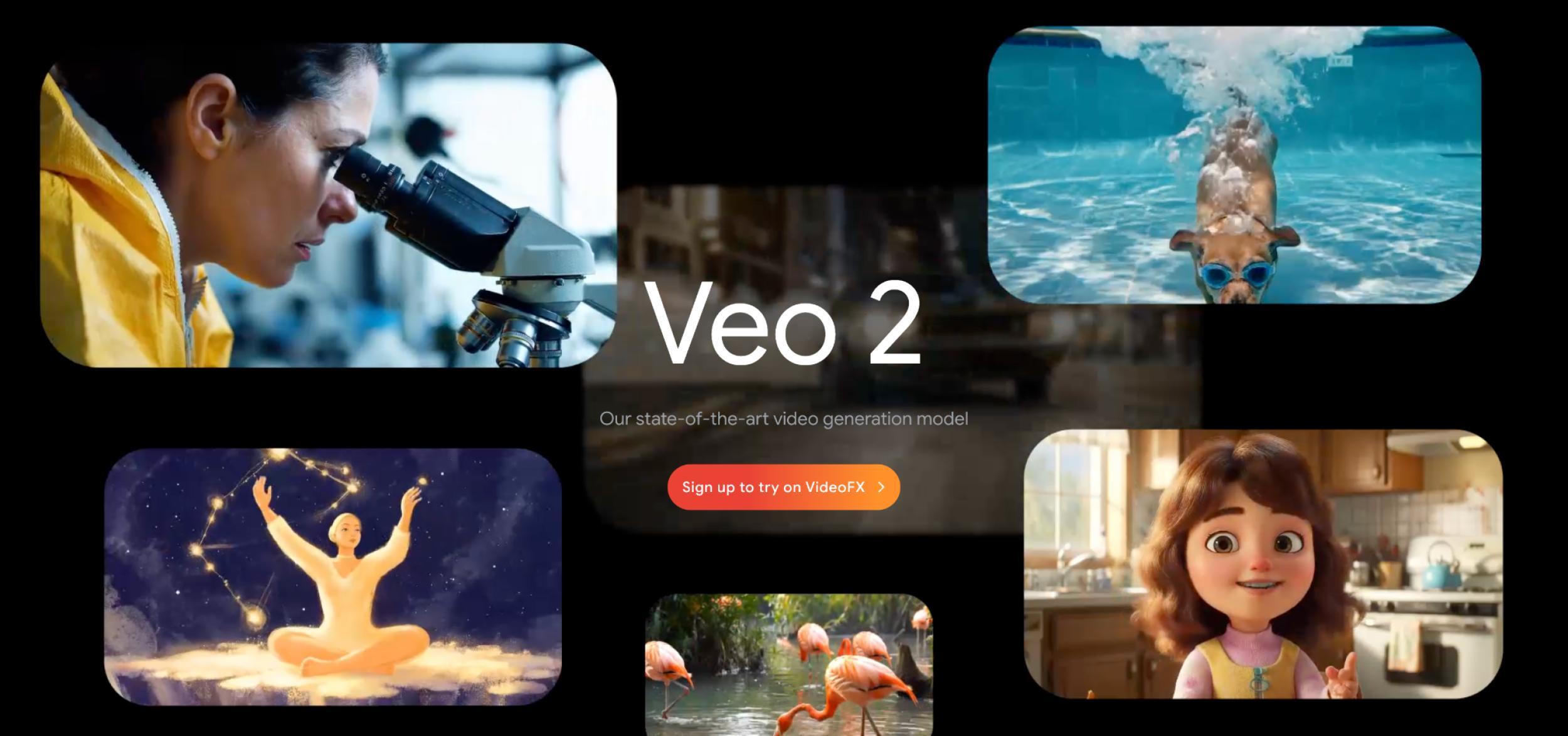Unveiling the Open-Source AI Revolution: OSI's Groundbreaking Definition
open-source AI, OSI, artificial intelligence, Meta Llama, open-source software, training data, tech giants

In the realm of artificial intelligence, a paradigm shift is underway as the Open Source Initiative (OSI) unveils a groundbreaking definition for open-source AI. This definition not only sets a new industry standard but also poses a challenge to tech giants like Meta and their proprietary models.
The Essence of Open-Source AI
OSI’s definition of open-source AI now requires transparency in three key areas: access to training data details, the complete code used in AI development, and the settings and weights crucial for AI functionality. This move aims to foster a culture of collaboration, understanding, and innovation.
Meta Llama: A Controversial Figure
At the center of this debate is Meta’s Llama, touted as the largest open-source AI model. Despite its public availability, Llama falls short of OSI's standards due to restrictions on commercial use and a lack of transparency regarding training data. This discrepancy highlights the clash between existing AI practices and the evolving ethos of open-source principles.
Industry Perspectives and Challenges
While Meta defends its approach based on safety concerns and the protection of intellectual property, critics argue that the reluctance to disclose training data serves primarily to safeguard competitive advantages. The ongoing legal battles around copyright infringement underscore the complexities and legal uncertainties surrounding AI development and data usage.
Embracing the Open-Source Movement
As the tech landscape evolves, the choice between embracing open-source values or maintaining closed systems becomes increasingly pivotal for industry players. The Linux Foundation’s recent foray into defining open-source AI signals a broader debate on how traditional principles can adapt to the challenges posed by AI advancements.
Shaping the Future of AI
OSI’s meticulous crafting of this new definition involved global experts from diverse fields, underscoring a collaborative effort to shape the future of AI accessibility and transparency. The dialogue sparked by this definition is not just about semantics; it's a fundamental reevaluation of how AI innovation can thrive in an environment of shared knowledge and resources.
Conclusion
In the ever-evolving landscape of artificial intelligence, the definition of openness is taking center stage. The clash between established tech giants and the principles of open-source AI signifies a broader transformation in how we approach innovation, collaboration, and ethical use of technology. As the industry navigates these uncharted waters, the essence of open-source AI stands as a beacon for a more inclusive, transparent, and innovative future.
What's Your Reaction?





















